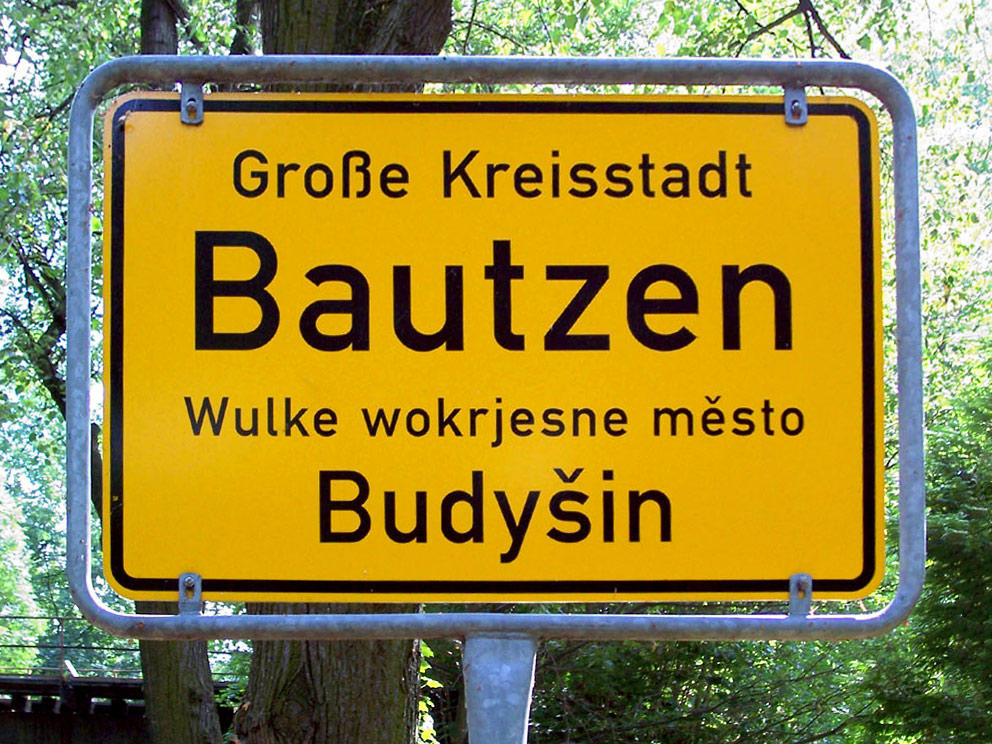 |
 |
 |
| Home | More Articles | Join as a Member! | Post Your Job - Free! | All Translation Agencies |
|
|||||||
|
|
Upper Sorbian language
Upper Sorbian (Hornjoserbšćina, German: Obersorbisch) is a minority language spoken by Sorbs in Germany in the historical province of Upper Lusatia (Hornja Łužica in Sorbian), which is today part of Saxony. It is grouped in the West Slavic language branch, together with Lower Sorbian, Czech, Polish, Slovak and Kashubian.
HistoryThe history of the Upper Sorbian language in Germany began with the Slavic migrations during the 6th century AD. Beginning in the 12th century, there was a massive influx of rural Germanic settlers from Flanders, Saxony, Thuringiaand Franconia. The succeeding devastation of the country by military actions began the slow decrease of the Upper Sorbian language. In addition, in the Saxony region, the Sorbian language was legally subordinated to the German language. Language prohibitions were later added: In 1293, the Sorbian language was forbidden in Berne castle before the courts; in 1327 it was forbidden in Zwickau and Leipzig, and from 1424 on it was forbidden in Meissen. Further, there was the condition in many guilds of the cities of the area to accept only members of German-language origin. However, the central areas of the Milzener and Lusitzer, in the area of the today’s Lausitz, were relatively unaffected by the new German language settlements and legal restrictions. The language therefore flourished there. By the 17th century, the number of Upper Sorbian speakers in that area grew to over 300,000. The oldest evidence of written Upper Sorbian is the „Burger Eydt Wendisch” monument, which was discovered in the city of Bautzen and dated to the year 1532. The Upper Sorbian language in Germany
A bilingual sign in Germany; the lower part is in Upper Sorbian There are estimated to be 40,000 speakers of Upper Sorbian, of whom almost all live in Saxony. PhonologyThe Upper Sorbian consonants are as follows:
Published - November 2014
E-mail this article to your colleague! Need more translation jobs? Click here! Translation agencies are welcome to register here - Free! Freelance translators are welcome to register here - Free! |
|
|||||||||||||||||||||||||||||||||||||||||||||||||||||||||||||||||||||||||||||||||||||||||||||||||||||||||||||||||||||||||||||||||||||||||||
|
Legal Disclaimer Site Map |